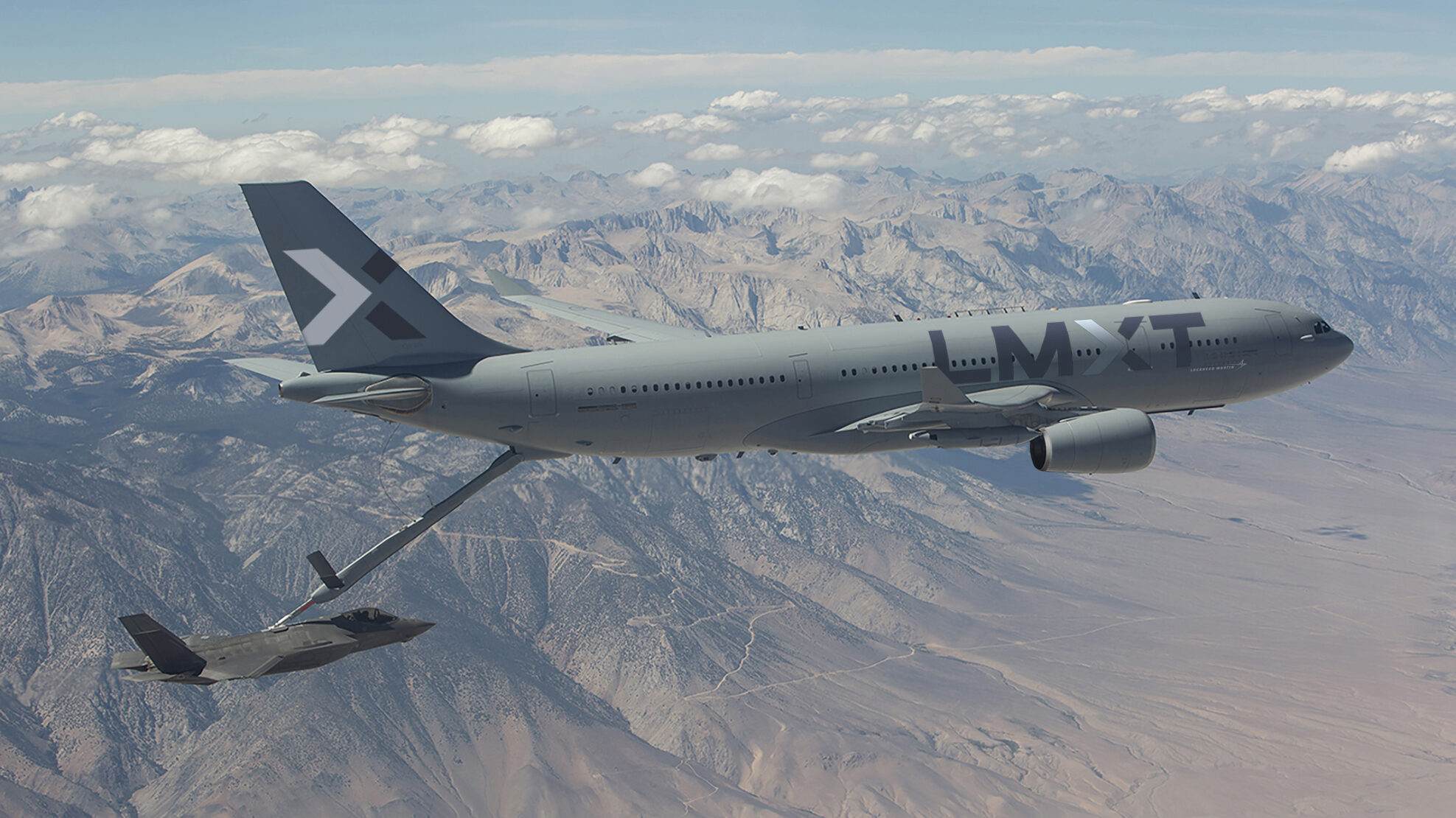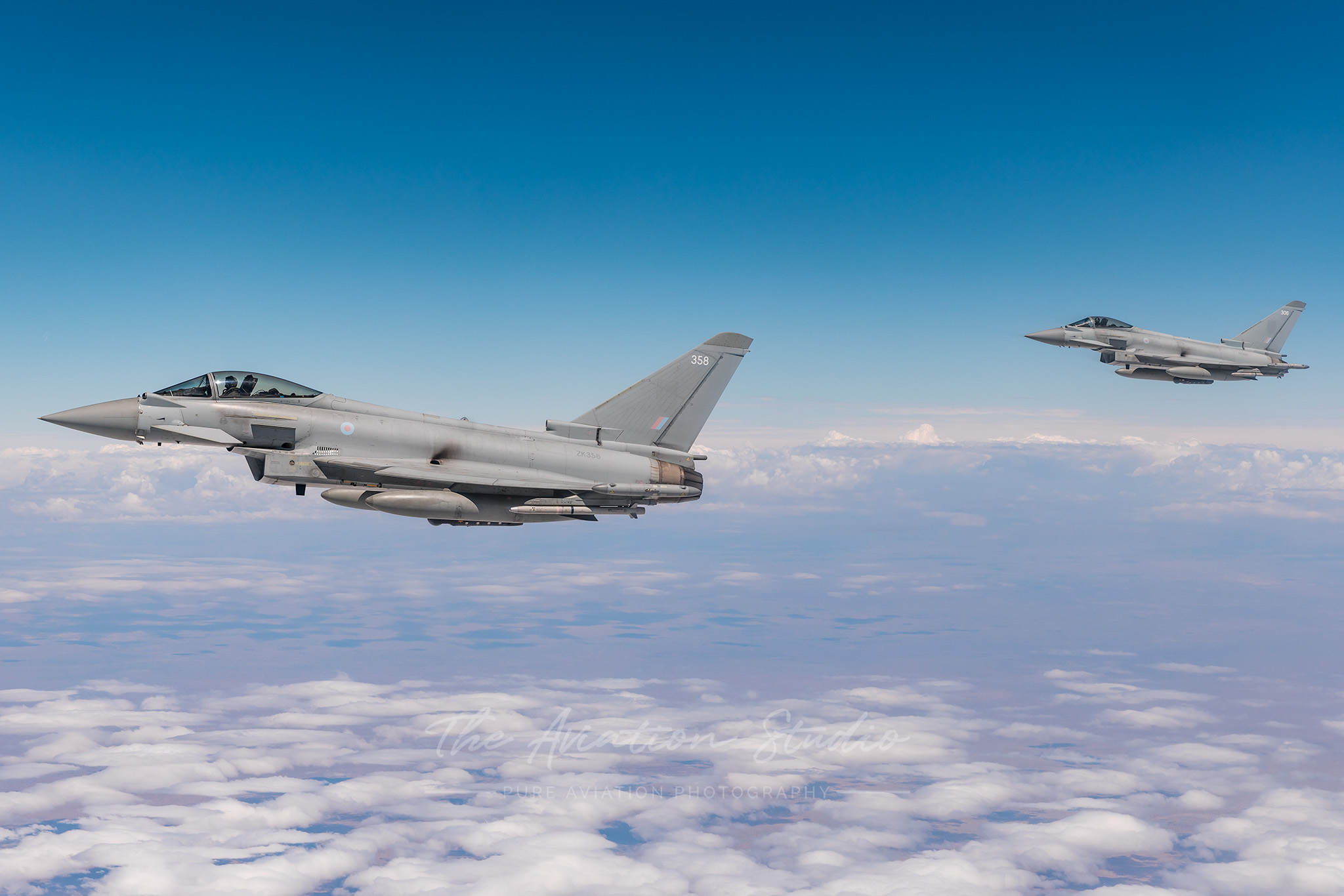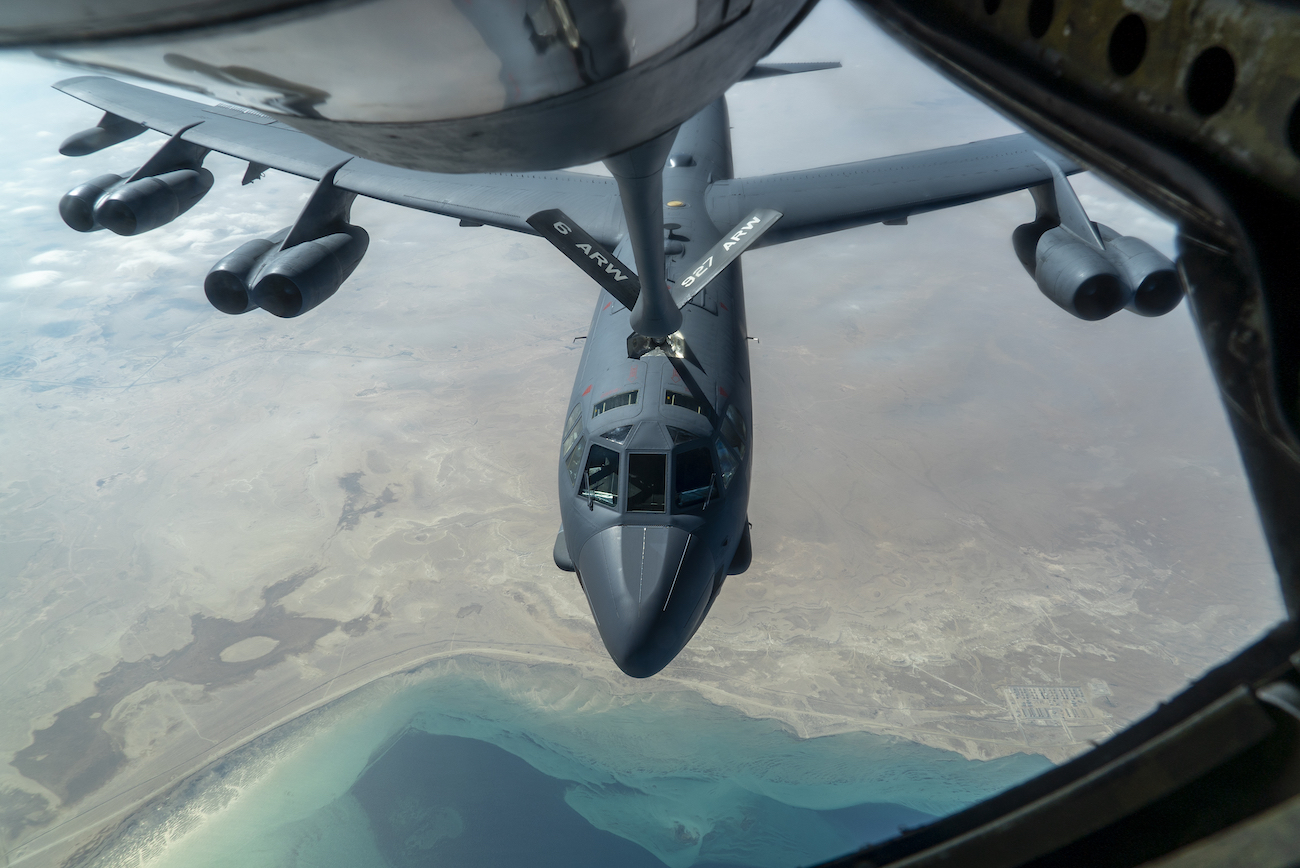Lmxt Aircraft - By showing an NGAD concept as essentially an adjunct to the new tanker aircraft it's promoting to the Air Force, Lockheed Martin appears to skillfully sidestep making any explicit references to what's a highly secretive program.
However, there's no doubt that the tailless aircraft is intended to serve at least as a stand-in for NGAD. Gallogly said the companies have been told to expect a draft request for proposals sometime this year, with a final solicitation being released around March or April 2023. New tankers could begin rolling off the production line as early as 2029.
Lmxt Aircraft

To amp up the amount of fuel the aircraft can carry, the Lockheed-Airbus team plans to add two fuel tanks to the lower lobe of the aircraft, taking up the space previously used to house two cargo pallets, Gallogly said.
The companies have no plans to modify the MRTT's existing boom or vision system. Lockheed Martin's presence in northern Alabama spans more than five decades, with a concentration in the rotorcraft and hypersonics sectors. More than 2,600 Lockheed Martin employees live and work in Alabama.
In October 2021, Lockheed Martin opened an advanced production facility in Courtland focused on hypersonic strike production. "We're really taking advantage of a highly capable, highly experienced workforce in that area," Gallogly said. "The Mobile facility is also conveniently located in the port, so it makes it very easy for the movement of the large aircraft parts that will be coming into that site."
As for Lockheed Martin's vision of a possible manned NGAD aircraft, this incorporates a diamond-shaped wing with straight leading and trailing edges. The wing is closely blended with the elongated fuselage, which features a single prominent chin line and tapers sharply towards the nose.
It's perhaps notable that the aircraft features no distinct tail surfaces. Tailless designs have cropped up frequently in NGAD-adjacent concept art as they would provide very low observability (stealth), considerable internal volume for fuel, weapons, and sensors, and a high degree of efficiency.
Introduced by tanker expert Lockheed Martin in 2021, the LMXT builds on the established performance of the Airbus Multi Role Tanker Transport (MRTT). The MRTT is the choice of 14 nations and is currently refueling U.S.

and allied aircraft in active operational theater environments around the world. "Beyond the fuel, the aircraft has to be a node in the system, and we are planning [to incorporate] a full JADC2 suite," he said.
"These aircraft are going to be persistent in that combat environment. The tankers are going to be out there all of the time.” Secretary of the Air Force Kendall had previously disclosed that the manned component of the NGAD program had entered an engineering, manufacturing, and development (EMD) phase with the aim of achieving operational capability before 2030. That declaration now appears to have been revised, leaving
the status of the EMD stage of the program somewhat unclear. Regardless, the program is certainly moving forward and fast as the Air Force, under big pressure from foreign competition, is betting huge on its success.
Lockheed Martin's LMXT strategic tanker may be a new offering to the U.S. Air Force, but it delivers a unique mix of proven technologies and known insights to ensure Airmen and women are prepared to support current and future mission requirements.
While the Air Force has not finalized those requirements, Gallogly said service officials have repeatedly stressed the importance of fuel offload capacity and being able to connect with other platforms and sensors — a concept that the US military has termed joint all domain command and control.
The MRTT is currently flown by 13 international customers, including Australia, the United Kingdom, France and a NATO consortium. The A330 aircraft is built in Toulouse, France and converted into a tanker in Getafe, Spain. Production of the MRTT for non-US customers will continue to be based in Europe even if Lockheed wins the KC-Y deal.
While the NGAD program has so far been conducted under a cloak of secrecy, it's not unheard of for concept art to reflect certain aspects of even highly classified programs, something that Lockheed Martin's Skunk Works has a long history of, especially in regard to stealth aircraft
developments. At this point, it is unclear if a final design for the future NGAD manned jet has been chosen, if multiple companies are working on competing planes, or whether multiple firms are competing to build a single design.
Regardless, a lot of advanced fighter concepts we've seen from other companies in the past have looked broadly like the latest Lockheed offering, too. The MRTT boom is undergoing review for certification of A3R refueling, which is a procedure that takes advantage of the high-resolution image from the aircraft's Rear Vision System and pairs it with the low-latency signal to the boom's fly-by-wire controller to
initiate air refueling contacts without human interaction. This capability allows for safe refueling during longer missions and can reduce fatigue and stress from both the tanker and receiver crews. "We will be training our US workforce with their counterparts in France and [Spain], so that when we have all the tooling and facilities and everything are set up here in the United States and we're ready to go, that workforce will be very
well prepared," Gallogly said. "It will help the learning curve be incredibly fast and efficient." Automatic air-to-air refueling opens up opportunities for the U.S. Air Force to refine how it operates — including the training programs it offers boom operators and receivers, the reduction of crew workloads, and the integration of mission efficiency — both on the longest missions and for basic sorties to support increased mission success.
The LMXT represents the newest chapter in Lockheed Martin's 60-plus year history of producing and delivering tankers and large aircraft for the U.S. Air Force, U.S. Marine Corps, U.S. Navy and multiple operators around the world.
Built on the combat-proven design of the Airbus A330 Multi Role Tanker Transport (MRTT), the LMXT leverages known performance and capability insights from the strategic tanker of choice used by 14 nations around the world to currently refuel fighter, transport and maritime patrol aircraft
for the U.S. and allied partners."Over our 50-year history in the U.S., some of our proudest moments have come from supporting our American service members," said C. Jeffrey Knittel, chairman and CEO of Airbus Americas. "Our U.S. workforce, which is more than 35% military veterans, is eager to see an Air Force tanker join the fleet of Airbus aircraft flying for the U.S. Army, National Guard, Navy and Coast Guard."

Separate but related to NGAD, we also know that Lockheed Martin has been awarded a large potential Air Force contract under the Next Generation Adaptive Propulsion program, or NGAP, which is also intended to feed into the NGAD family of systems.
This effort involves two other established airframers, Boeing and Northrop Grumman, while General Electric and Pratt & Whitney will tailor propulsion system designs. News of the LMXT came about three months after the USAF formally launched its KC-Y tanker competition, with a request for information (RFI) issued on June 16.
The requirement is for a commercially derived aerial refueling aircraft to supplement the USAF's fleet once deliveries of the Boeing KC-46A Pegasus are complete towards the end of the decade, and will bridge the gap between the KC-X and KC-Z (also known
as the Advanced Air Refueling Tanker) recapitalization phases. "Starting with developmental flights in 2007, the ARBS has been developed, certified and improved —resulting in the world's most mature and capable digital boom system," Martin said, noting the ARBS' digital control architecture fosters the incorporation of enhancements for increased safety,
reduced operating load and adaptation to receivers. The twin engines are buried in the fuselage and exhaust over the upper surfaces of the airframe — a known low-observable design tactic used to block the infrared plume and radar reflective exhaust areas from sensors on the ground and from most other aspects — with two-
dimensional diamond-shaped nozzles. These are especially apparent in a rear-aspect view of the aircraft, seen below, in which it's also shown taking on fuel from an LMXT. There also appear to be two fairly shallow 'bulges' on either side of the center section of the fuselage, which appear to relate to the propulsion system.
The aircraft may be depicted as wearing a shiny or semi-reflective coating, which could be in line with similar experimental coatings seen on F-22s, F-35s, and F-117s as of late. Overall, the concept is not entirely unfamiliar to those who have followed the previous artist's impressions of notional manned NGAD aircraft from various manufacturers as well as from the Air Force itself.

It's also important to note here that there are two discrete NGAD efforts, run by the Air Force and the Navy, although there is also known to be a crossover between these two programs. It will certainly be interesting to see how concepts for NGAD from Lockheed and from other manufacturers continue to evolve as we move closer to the 'reveal' of what's unquestionably one of the most hotly anticipated military aircraft of the century so far.
A continuous improvement program focuses on increasing boom reliability while reducing maintenance. The ARBS digital controls and high-definition BEVS allow for the integration of an automatic air-to-air refueling (A3R) capability that further enhances safety and reduces operational workload.
The engine air intakes are not visible, suggesting they are mounted below the airframe, something that we've also seen on previous sixth-generation concepts. It's also possible that the intakes have been omitted from the artwork entirely, to conceal the approach that Lockheed has taken here.
A low-observable aircraft's intake design is among its most challenging and sensitive features. Already a Janes subscriber? Read the full article via the Client Login Interested in subscribing, see What we do Today, the company announced the answer: The aircraft — a variant of the Airbus 330 Multi Role Trainer Transport — will be assembled in Mobile, Ala., before being converted into a tanker in Marietta, Ga., according to Larry Gallogly, Lockheed's director
of the LMXT program. As well as concept art, for which the actual relationship to the real-world NGAD is open to a significant degree of conjecture, a previously unseen low-observable aircraft test shape was spotted at Lockheed Martin's secretive Helendale radar-cross section (RCS) measurement
facility in October last year. You can read our analysis of that event here. Of course, Lockheed Martin is just one of the companies involved in NGAD, which, as a 'family of systems' includes new weapons, sensors, networking, and battle management capabilities, too.
In June, Secretary of the Air Force Frank Kendall said that "we still have competition" within the project, but did not elaborate, according to Air Force Magazine. Drones, too, are a critical part of NGAD, including for Lockheed — in fact, it's hard to overestimate their importance, although they are following a rather different path to the manned fighter component, as you can read about here.
Airbus has been assembling commercial aircraft in Mobile since 2015, and in just the first five years of operation had a total economic impact in Alabama of $1.2 billion and more than 15,000 jobs, through construction and payroll alone.
Airbus is also engaged with more than 40 local charitable and civic organizations in the region, investing both time and money in the local community. The scale of the aircraft seen in these new concept artworks is hard to judge — probably deliberately so.
Based on a comparison with the refueling boom, this is not an especially large airframe, although, from what we know of the Air Force's NGAD, it envisages a larger manned combat aircraft design, with increased carriage of internal fuel and weapons.
At the same time, the Air Force has also spoken of the possibility of two distinct versions of the aircraft, a long-range one optimized for operations in the Indo-Pacific and a shorter-range version for the European theaters.
The Air Force wants to buy anywhere from 140 to 160 tankers over the course of its upcoming program, which has interchangeably called KC-Y or the bridge tanker program. As the service has expressed a desire to buy non-developmental tankers, LMXT is expected to face off against a next-generation variant of Boeing's KC-46.
The LMXT complements the U.S. Air Force's tanker capabilities by providing the most advanced aerial refueler to meet America's immediate and long-term mission requirements. As the prime contractor, Lockheed Martin works directly to implement U.S. Air Force-specific requirements within the LMXT.
The proportionally fairly long cockpit canopy is notably low-profile, suggesting limited visibility, especially to the rear, for the crew. This feature is not as important as it once was with the advent of distributed aperture systems and the garnering of extremely high situational awareness due to advanced sensor fusion and networking.
Also, the manned element of NGAD is not really a traditional fighter. Range, payload, and low observability are certain to take priority over maneuverability.

0 Comments